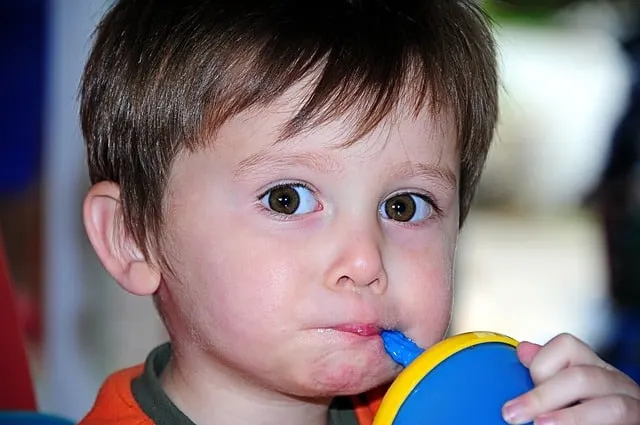13 Best Sippy Cups for Breastfed Babies (2024 Reviews)
Breastfed babies have different sensitivities from bottle-fed babies. As a result, not every transition cup will be well-received. So, here’s how to find the best sippy cups for breastfed babies. …




